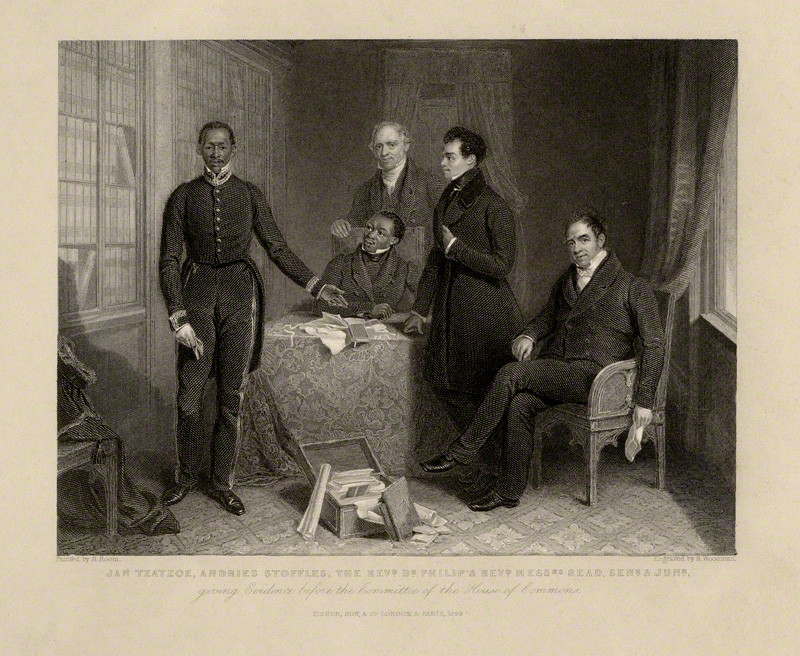Henry Room on:
[Wikipedia]
[Google]
[Amazon]
Henry Room (1802–1850) was an English portrait-painter, from an 
 Henry Room was born in Newhall Street, the son of John Room, a japanner, and studied at
Henry Room was born in Newhall Street, the son of John Room, a japanner, and studied at
 He had a reputation as a painter of portraits, and received commissions, some of his portraits being engraved. He first exhibited at the
He had a reputation as a painter of portraits, and received commissions, some of his portraits being engraved. He first exhibited at the
Art UK
* {{DEFAULTSORT:Room, Henry 1802 births 1850 deaths Burials at Highgate Cemetery 19th-century English painters English male painters English portrait painters 19th-century English male artists
evangelical
Evangelicalism (), also called evangelical Christianity or evangelical Protestantism, is a worldwide Interdenominationalism, interdenominational movement within Protestantism, Protestant Christianity that affirms the centrality of being "bor ...
background in Birmingham
Birmingham ( ) is a city and metropolitan borough in the metropolitan county of West Midlands in England. It is the second-largest city in the United Kingdom with a population of 1.145 million in the city proper, 2.92 million in the West ...
.

Life
 Henry Room was born in Newhall Street, the son of John Room, a japanner, and studied at
Henry Room was born in Newhall Street, the son of John Room, a japanner, and studied at Joseph Barber
Joseph Barber (1757 – 16 July 1811) was an English landscape painter and art teacher, and an early member of the Birmingham School of landscape painters.
Born in Newcastle upon Tyne, Barber moved to Birmingham in the 1770s, where he work ...
's drawing school on Great Charles Street. An original member of the Royal Birmingham Society of Artists
The Royal Birmingham Society of Artists or RBSA is an art society, based in the Jewellery Quarter in Birmingham, England, where it owns and operates an art gallery, the RBSA Gallery, on Brook Street, just off St Paul's Square. It is both a re ...
, he was also one of the group of artists that broke away from the Society in 1828 to exhibit at a rival institution in Temple Row. Room was in London in the late 1820s, sharing a studio with Peter Hollins
Peter Hollins (1 May 1800 – 16 August 1886) was a British sculptor operating throughout the 19th century.
Life
He was born on 1 May 1800 at 17 Great Hampton Street, Birmingham, the fourth child and eldest son of the sculptor and architect W ...
in Old Bond Street. He was a deacon in the church of John Morison. He was a frequent exhibitor at the Royal Academy from 1826 onwards and completed many portraits of missionaries, academics and reformers which were engraved by John Cochran. Room maintained close links with Birmingham and was appointed as auditor for the newly formed Birmingham Society of Artists in 1842.
He married a daughter of the portraitist, miniature painter
A portrait miniature is a miniature portrait painting, usually executed in gouache, watercolor, or enamel. Portrait miniatures developed out of the techniques of the miniatures in illuminated manuscripts, and were popular among 16th-century eli ...
and copyist
A copyist is a person that makes duplications of the same thing. The term is sometimes used for artists who make copies of other artists' paintings. However, the modern use of the term is almost entirely confined to music copyists, who are emplo ...
, William Derby and was therefore a brother-in-law of Alfred Thomas Derby.
He died in London on 27 August 1850, aged 48, and was buried in the Derby family grave in Highgate Cemetery
Highgate Cemetery is a place of burial in north London, England. There are approximately 170,000 people buried in around 53,000 graves across the West and East Cemeteries. Highgate Cemetery is notable both for some of the people buried there as ...
.
Works
 He had a reputation as a painter of portraits, and received commissions, some of his portraits being engraved. He first exhibited at the
He had a reputation as a painter of portraits, and received commissions, some of his portraits being engraved. He first exhibited at the Royal Academy
The Royal Academy of Arts (RA) is an art institution based in Burlington House on Piccadilly in London. Founded in 1768, it has a unique position as an independent, privately funded institution led by eminent artists and architects. Its pur ...
in 1826. He practised for some time at Birmingham. He painted a portrait of Thomas Clarkson
Thomas Clarkson (28 March 1760 – 26 September 1846) was an English abolitionist, and a leading campaigner against the slave trade in the British Empire. He helped found The Society for Effecting the Abolition of the Slave Trade (also known ...
for the Central Negro Emancipation Committee, and also two groups of the ''Interview of Queen Adelaide with the Madagascar Princes at Windsor'', and ''The Caffre Chiefs' Examination before the House of Commons Committee''. Many of his portraits were executed for the ''Evangelical Magazine
The ''Evangelical Magazine'' was a monthly magazine published in London from 1793 to 1904, and aimed at Calvinist Christians. It was supported by evangelical members of the Church of England, and by nonconformists with similar beliefs. Its editori ...
''. He painted a series of medical men for Thomas Joseph Pettigrew's ''Biographical Memoirs'' (1839).
References
Bibliography
*External links
Art UK
* {{DEFAULTSORT:Room, Henry 1802 births 1850 deaths Burials at Highgate Cemetery 19th-century English painters English male painters English portrait painters 19th-century English male artists